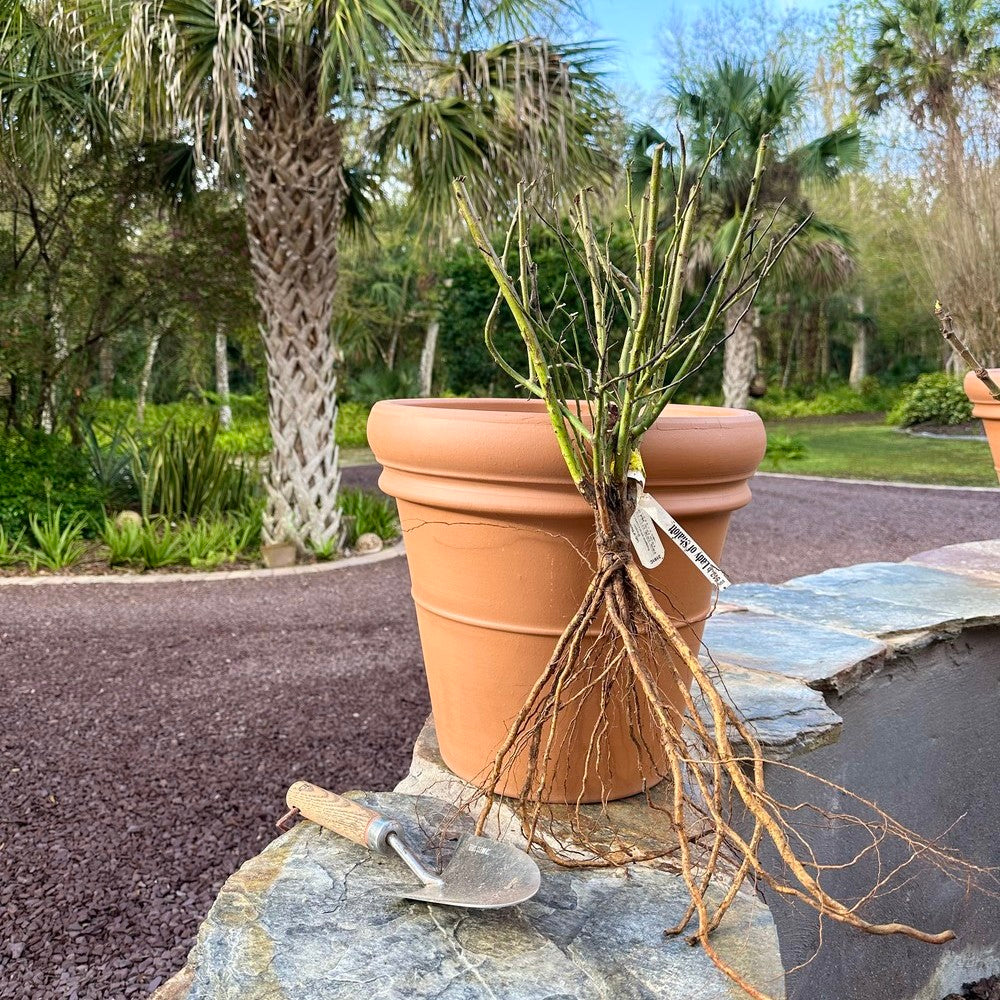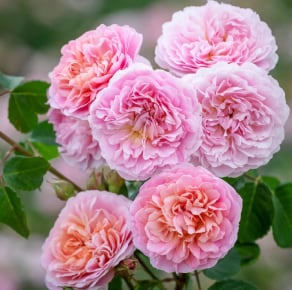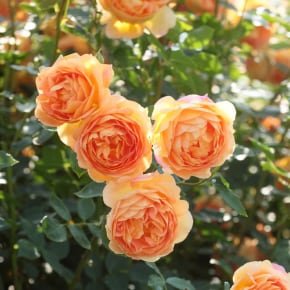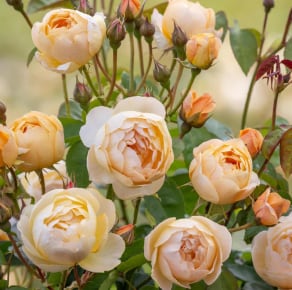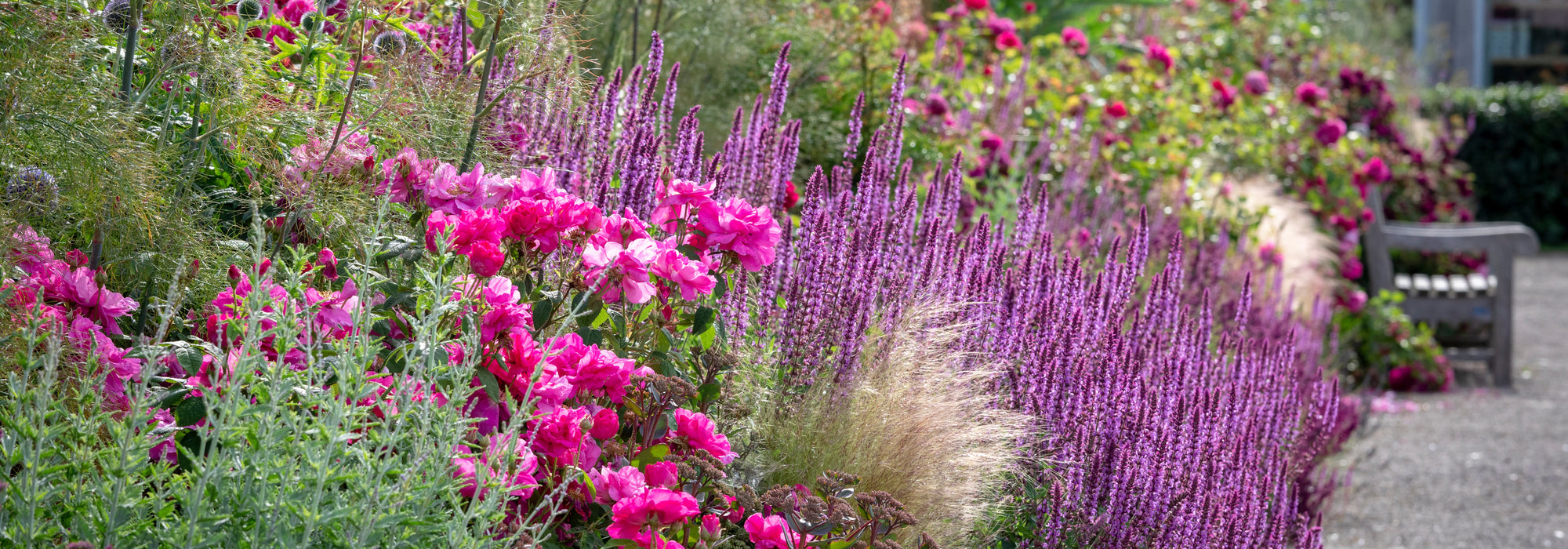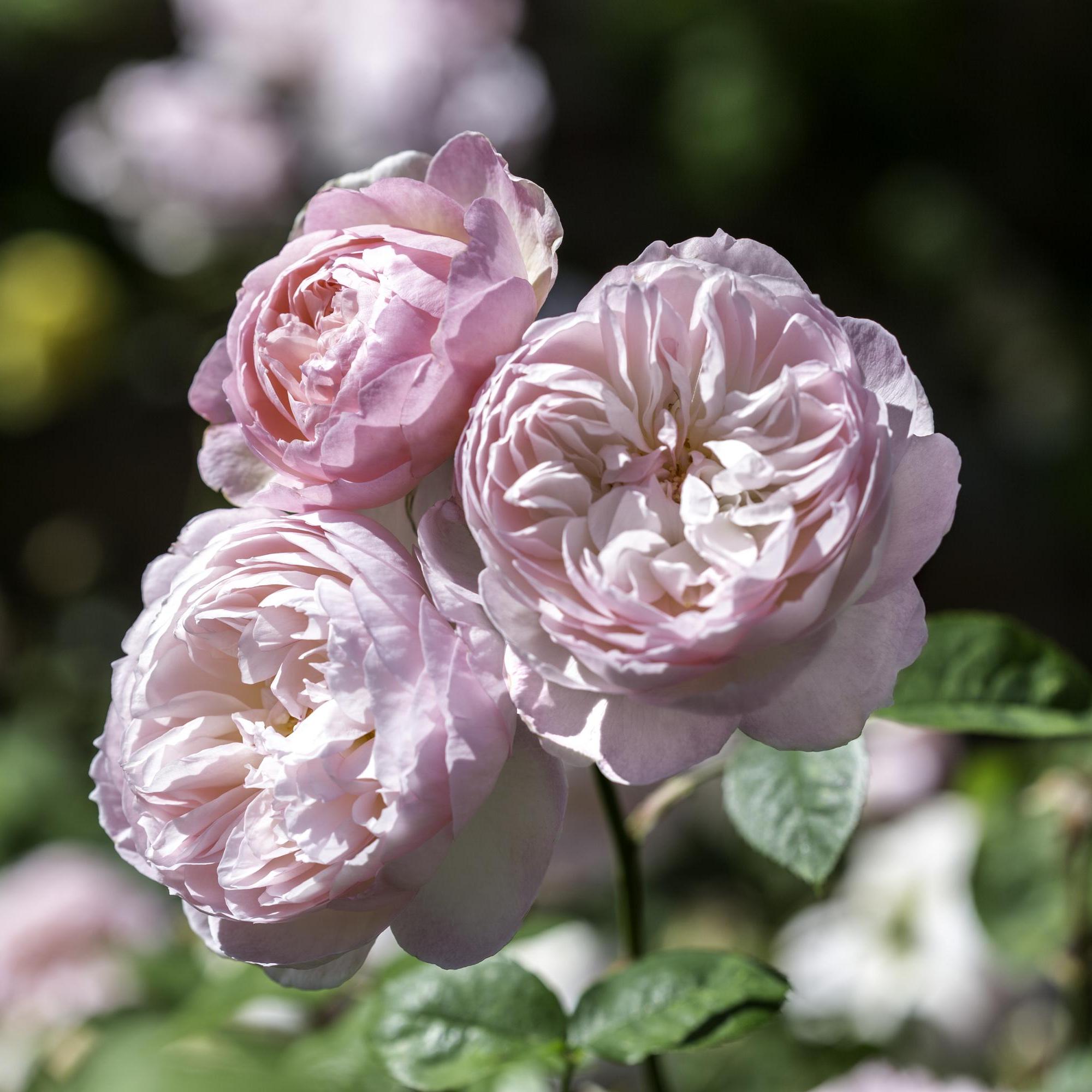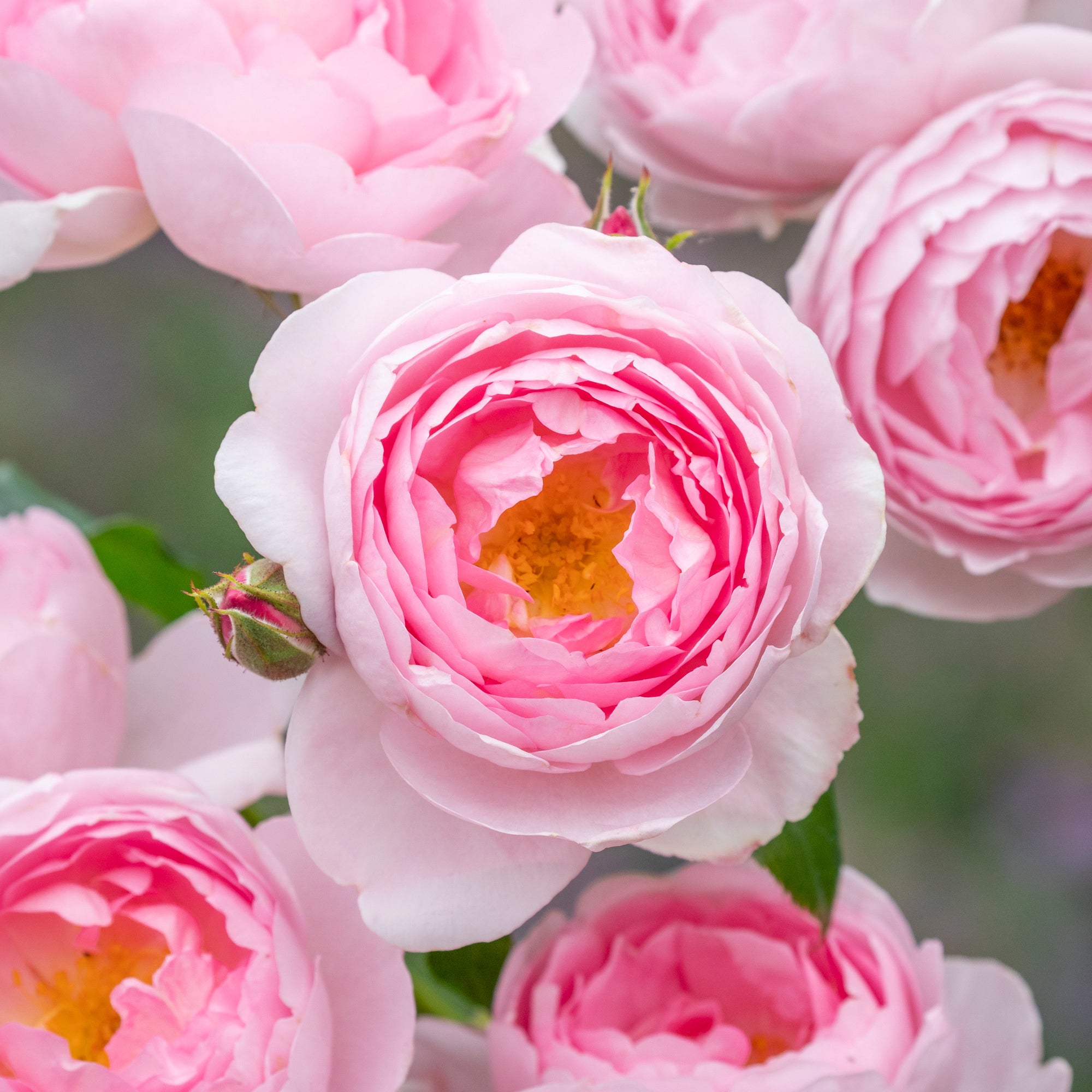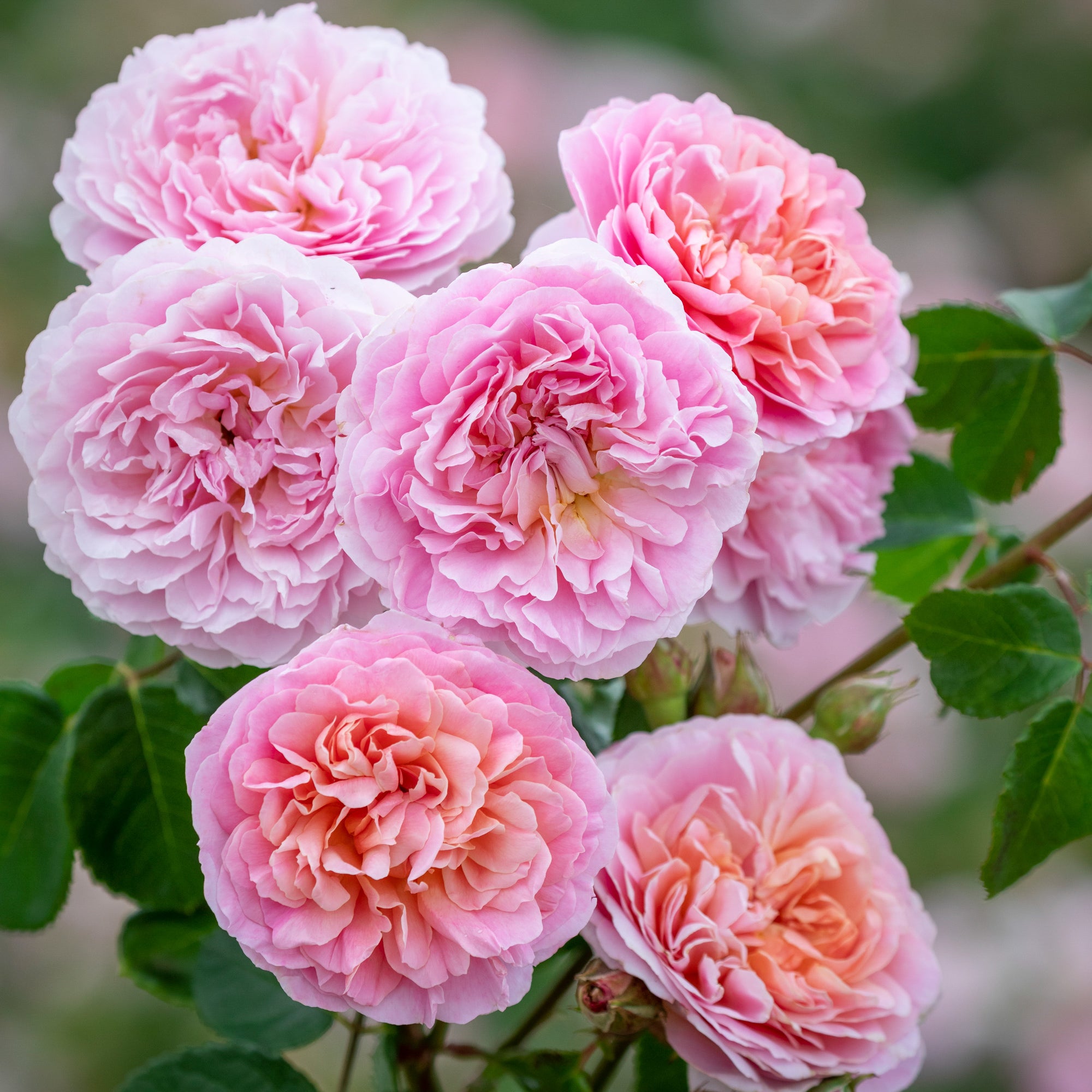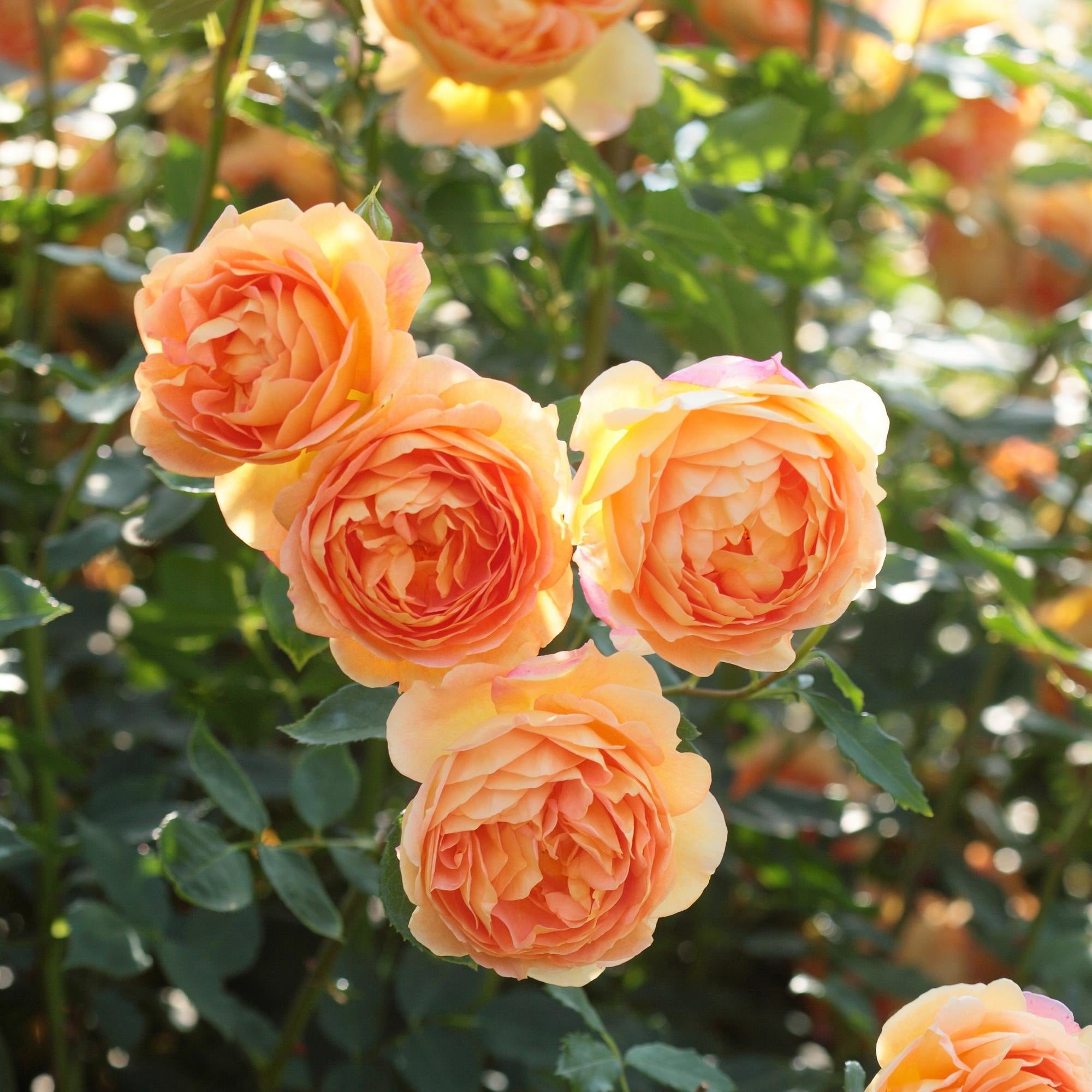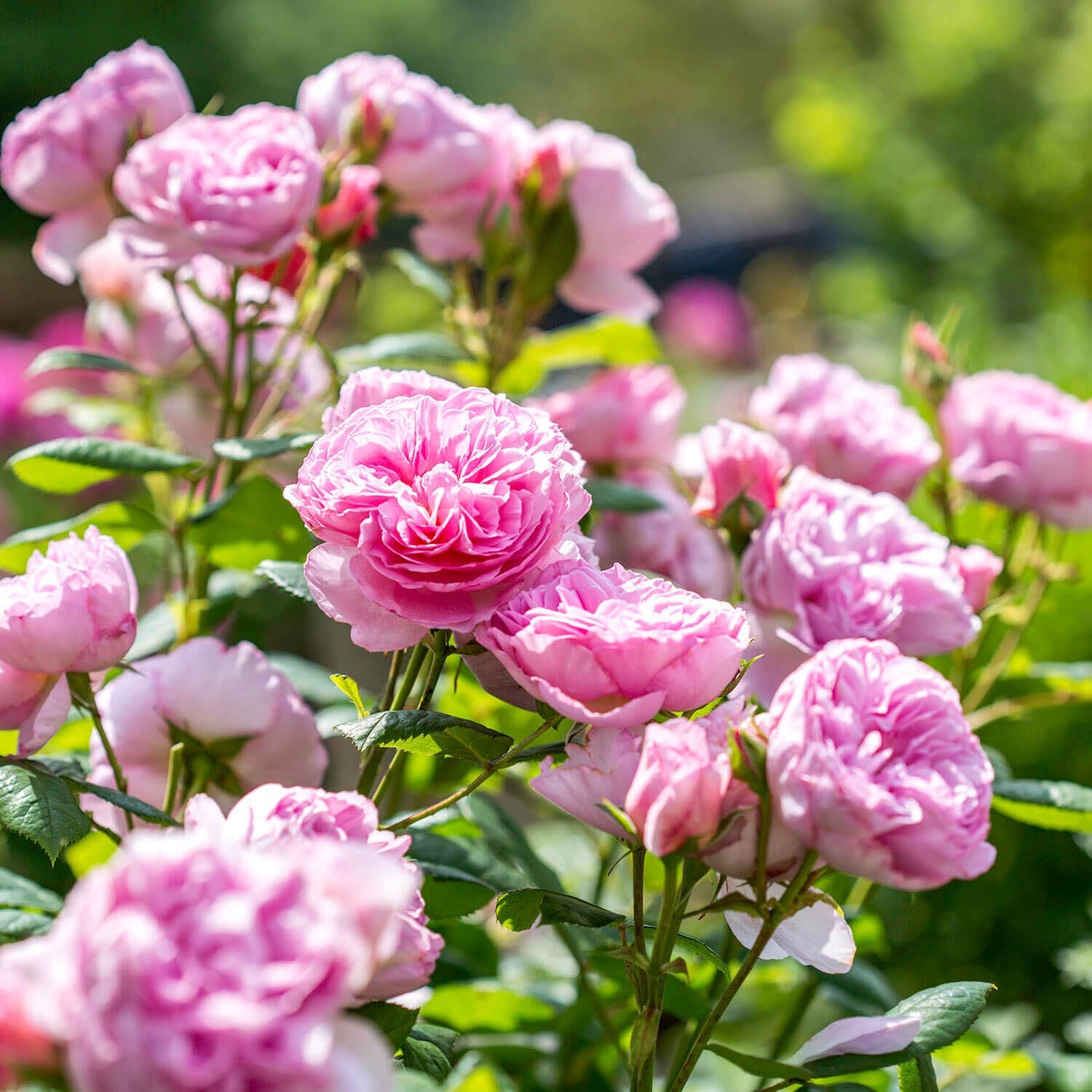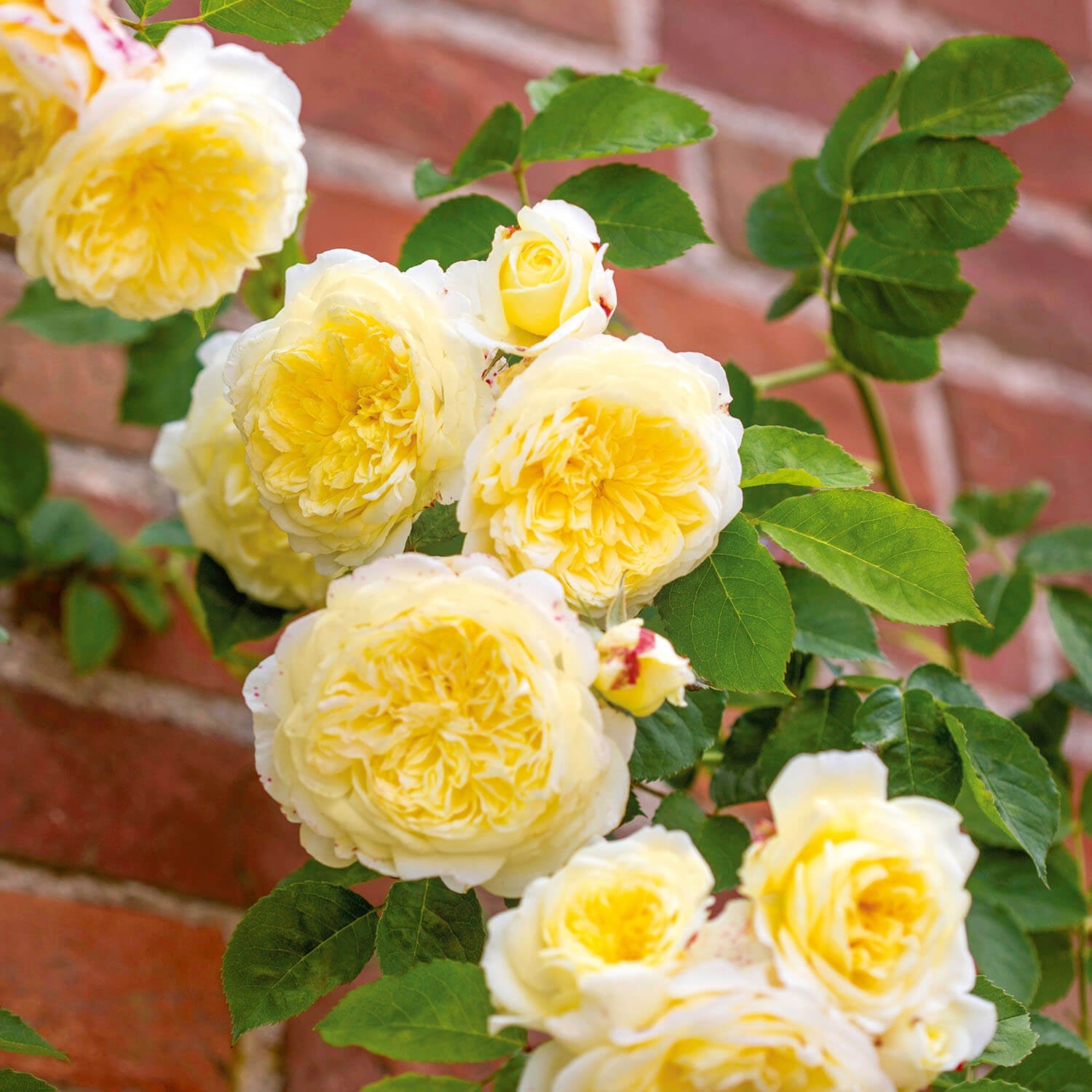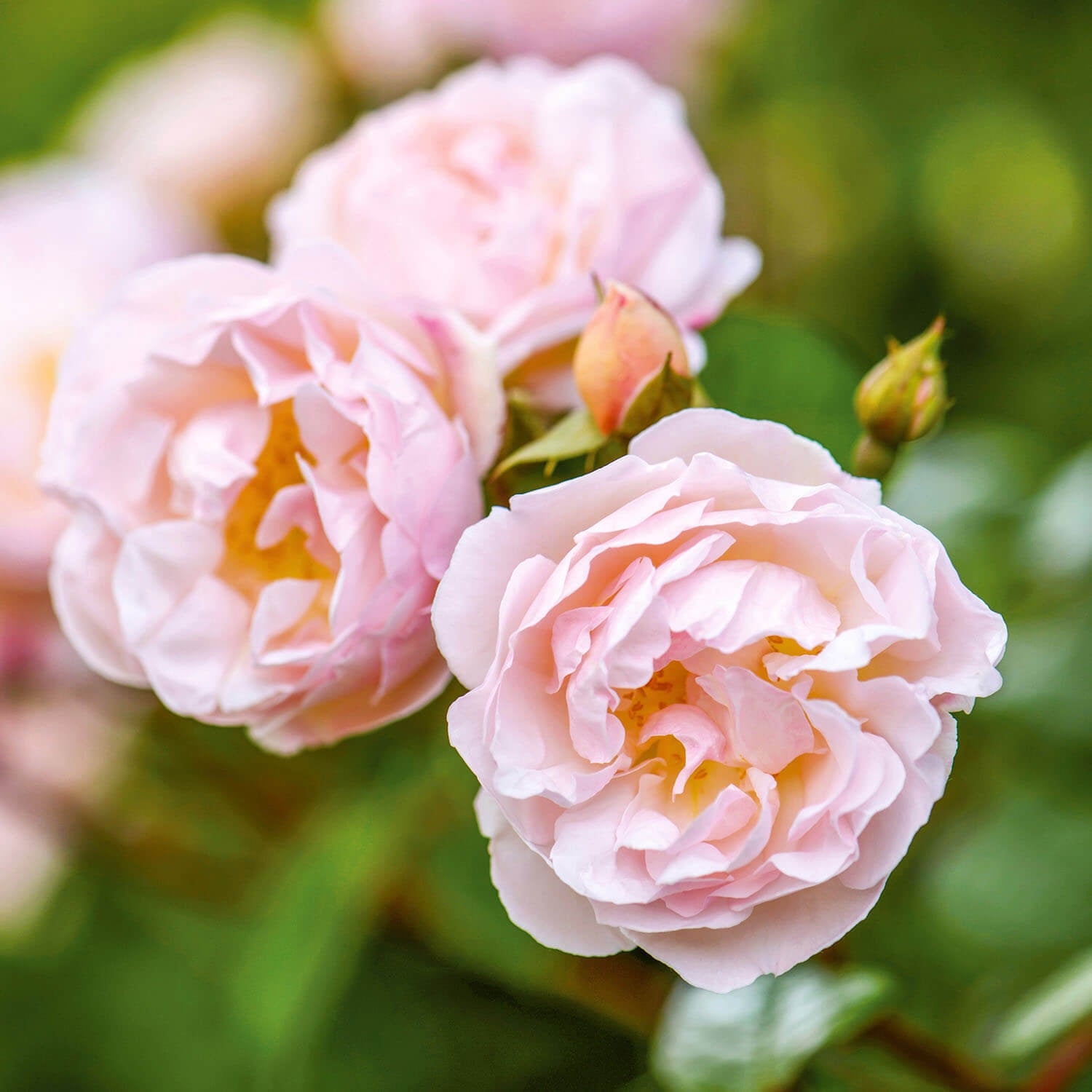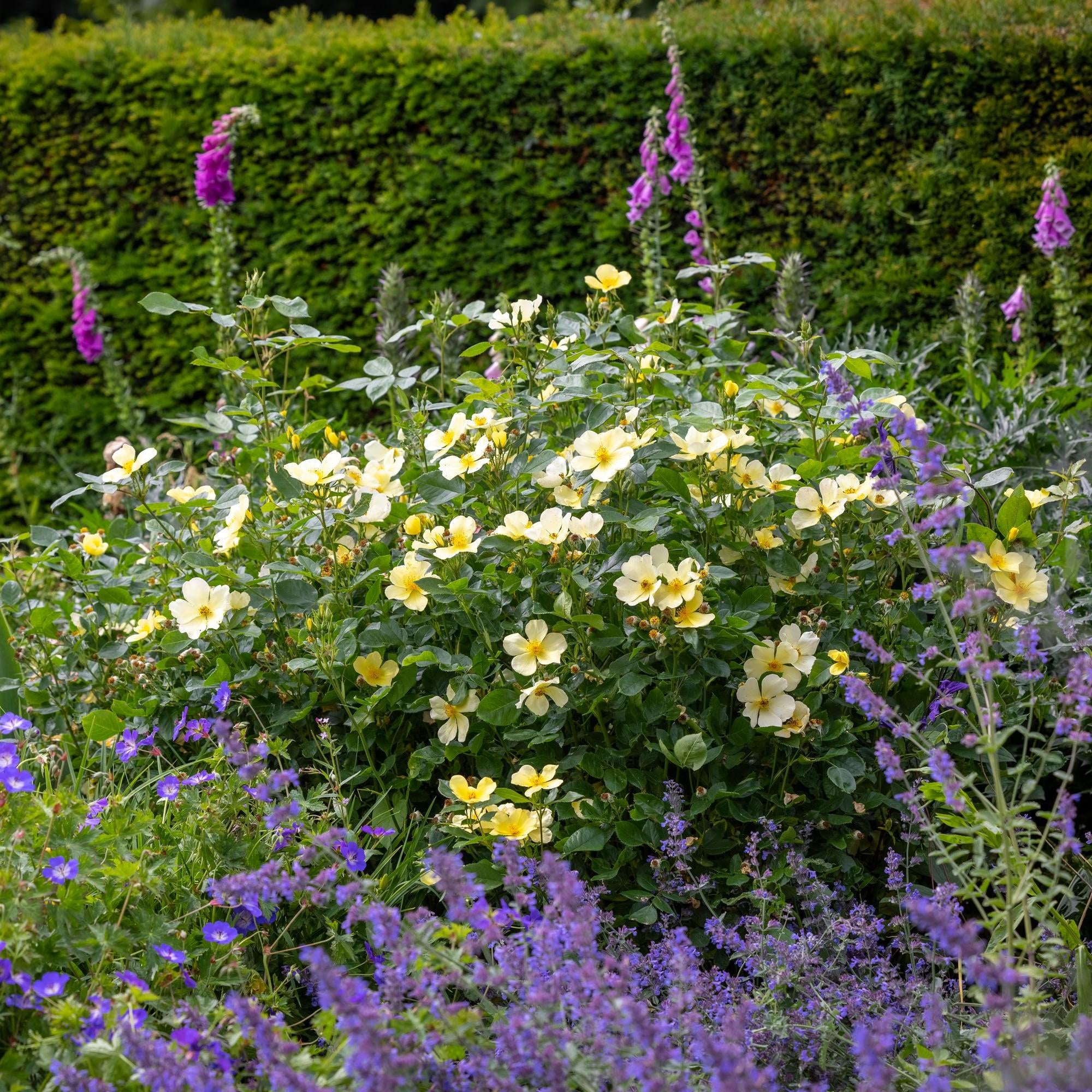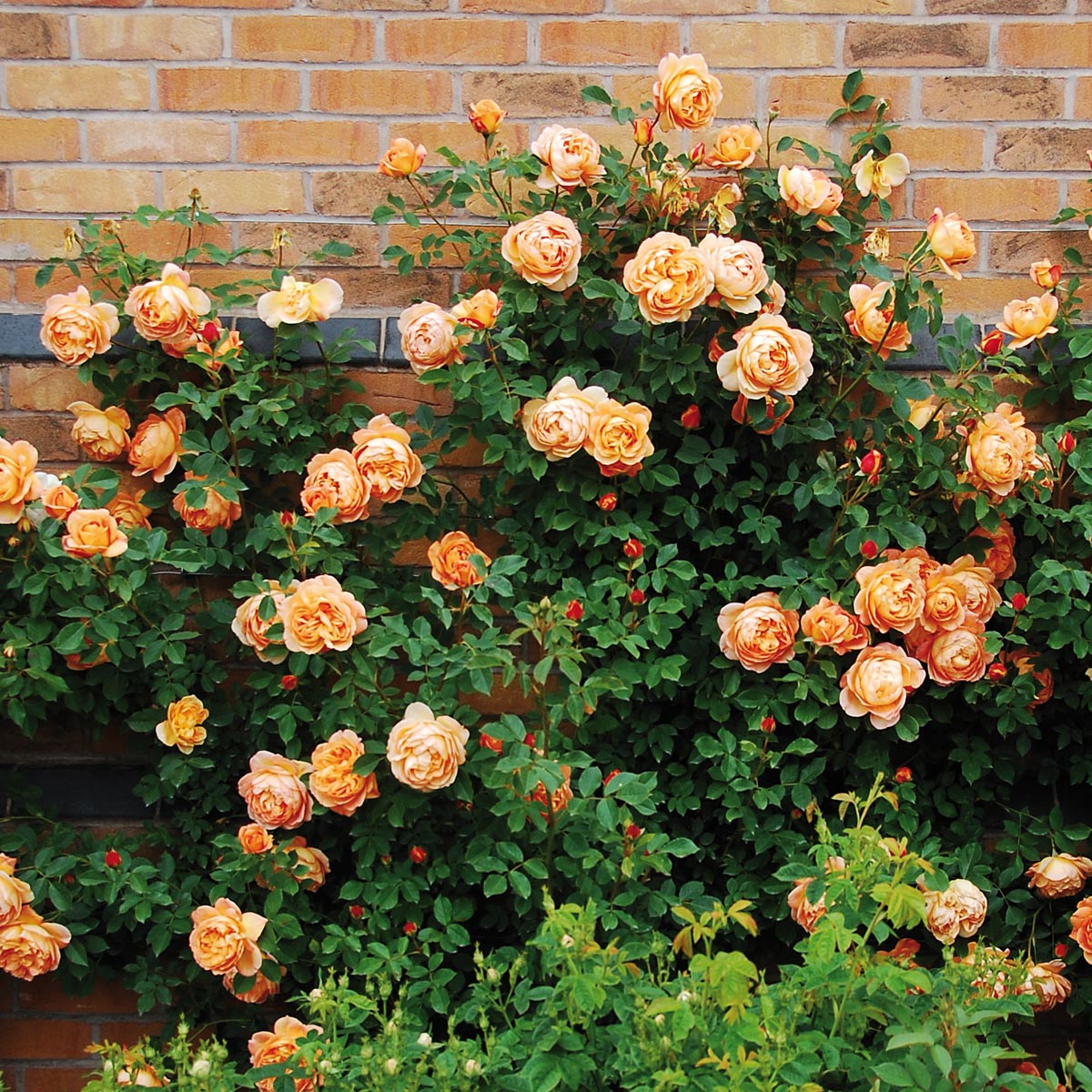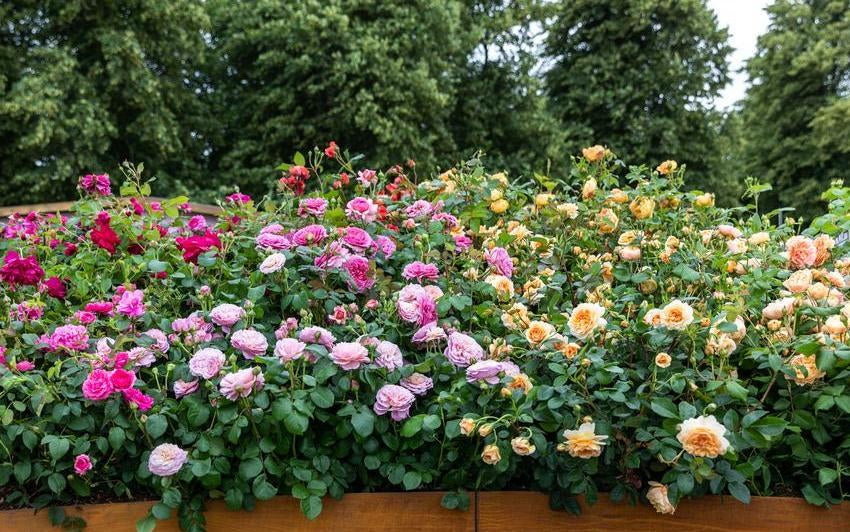As April arrives and gardens begin to stir into life, one flower stands out not only for its vivid beauty but for its rich connection to history, healing, and literature. Rosa gallica officinalis, known as the Apothecary’s Rose, is more than an ornamental bloom. It carries with it centuries of meaning and a deep-rooted place in both horticulture and the poetic imagination.
With 23rd April marking the birthday of William Shakespeare, it’s an ideal moment to explore how this historic rose intersects with the world of the Bard and the gardens of Tudor England.
What is Rosa gallica officinalis?
Also known as the Red Rose of Lancaster, Rosa gallica officinalis is one of the oldest cultivated roses in Europe. It’s instantly recognisable by its deep pink to crimson petals and intense, distinctive scent. But it wasn’t grown only for its beauty. For hundreds of years, the Apothecary’s Rose was valued for its medicinal properties.
Used in herbal remedies, ointments, syrups, and rosewater, it was a staple of medieval and Renaissance gardens. Monks, physicians and early apothecaries relied on its petals to treat everything from digestive complaints to inflammation and skin ailments. Its presence in gardens was both practical and symbolic, bridging the natural world and the healing arts.
A Familiar Flower in Shakespeare’s England
While Shakespeare doesn’t refer to Rosa gallica officinalis by name in his plays or poems, it’s highly likely that he knew this rose well. In the late 16th and early 17th centuries, the Apothecary’s Rose was widely grown across England. It would have flourished in cottage gardens, monastic herb beds, and the grounds of noble estates.
It also fits neatly into the world Shakespeare often drew upon in his writing - a world where flowers were full of meaning, where herbs could cure or kill, and where nature played a central role in life and storytelling. In Romeo and Juliet, an apothecary’s knowledge of potions becomes a turning point in the narrative. In Hamlet, Ophelia distributes herbs and flowers, each symbolising a different emotion or truth.
A rose with healing power and historical weight fits perfectly into that world.
Perhaps the most famous floral reference in Shakespeare’s work comes from Juliet, who says:
"That which we call a rose by any other name would smell as sweet."
In this line, the rose becomes a symbol of essential truth - something that retains its value and beauty regardless of what we call it. The Apothecary’s Rose, with its scent, substance and history, is a perfect example. It is more than just a bloom; it is memory, meaning, and medicine.
Shakespeare used roses to evoke love, longing, secrecy and loss. They appear in his sonnets and plays not simply as flowers, but as metaphors for beauty and the fleeting nature of life.
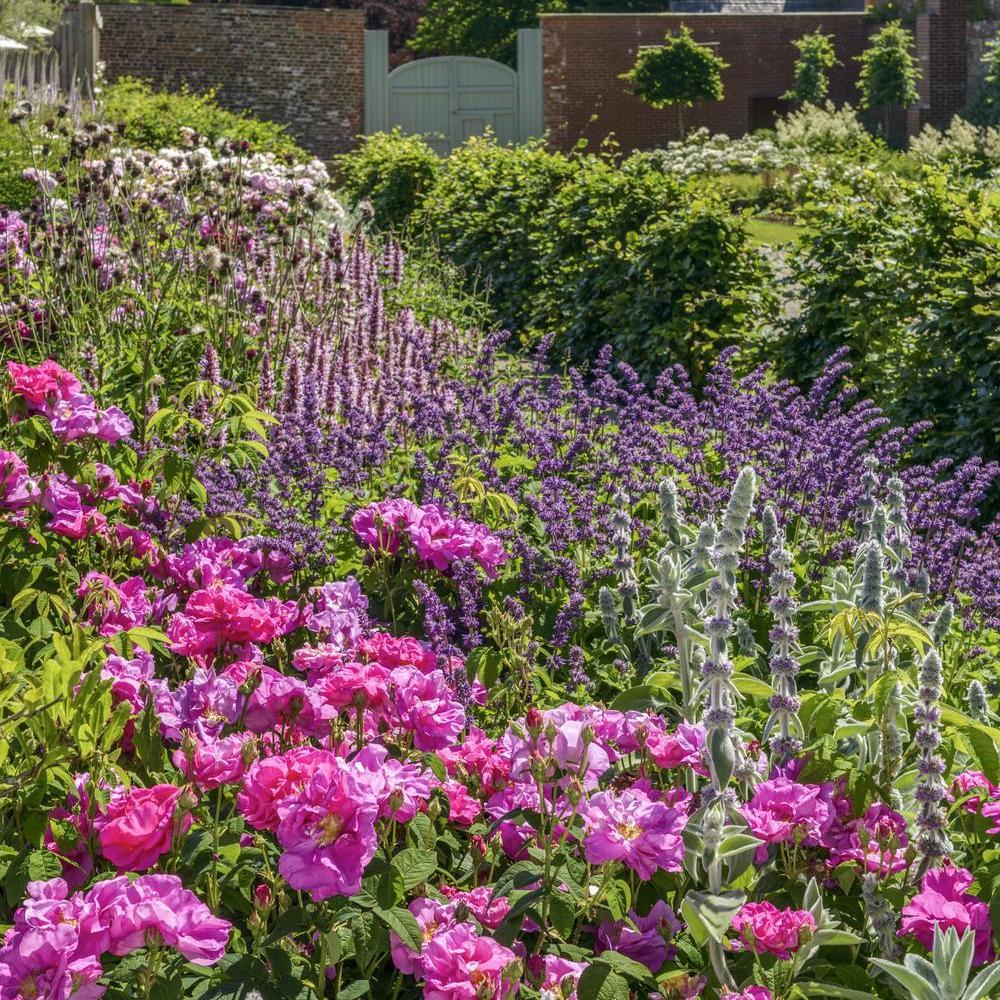
A Rose of Politics and Power
Beyond its poetic associations, Rosa gallica officinalis also carries significant political symbolism. As the emblem of the House of Lancaster, it featured prominently in the Wars of the Roses - the dynastic conflict between the houses of Lancaster (red rose) and York (white rose). Shakespeare immortalised this rivalry in his Henry VI plays, including the scene where nobles pluck either a red or white rose to declare their allegiance.
While the actual historical accuracy of that moment may be debated, its symbolic power endures. In Tudor England, the red rose was not only a sign of loyalty, but a reminder of the turbulent path to stability under the Tudor monarchs.
A Living Legacy in Shakespeare Gardens
Today, Rosa gallica officinalis is a favourite inclusion in Shakespeare gardens across the UK and beyond. These spaces combine plants mentioned in his works with those that would have grown in the gardens of his time. The Apothecary’s Rose often features as a cornerstone species, offering a living, breathing connection to the Elizabethan world.
Its deep colour, rich scent, and traditional medicinal uses make it a particularly evocative choice. It stands as a testament to the way Shakespeare's writing, like the rose itself, continues to resonate - layered with beauty, history, and human experience.
Honouring Shakespeare’s Birthday with a Bloom
As we celebrate Shakespeare’s birthday on 23rd April, planting or reflecting on Rosa gallica officinalis offers a beautiful way to mark the occasion. This is a flower that may well have scented the air in his lifetime, that spoke to the concerns of his day, and that still thrives in the gardens of modern Britain.
It is a rose that heals, that symbolises, and that connects us to a past filled with poetry, power, and plants. In remembering Shakespeare, we can also celebrate the plants that shaped his world - and continue to shape ours.


